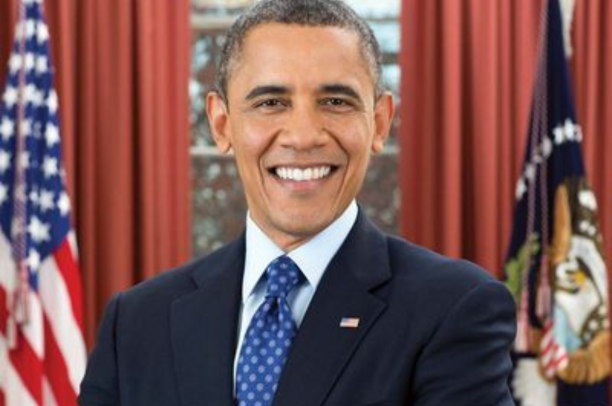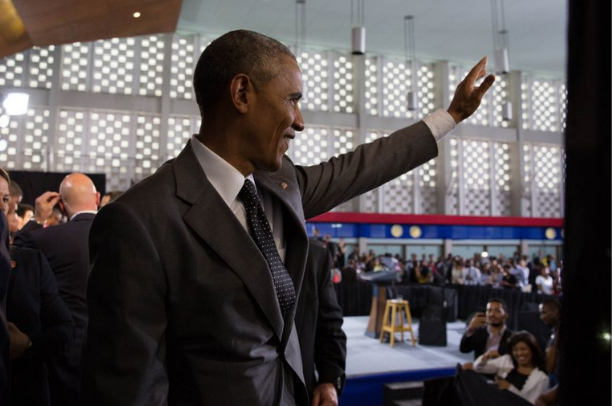Abraham Lincoln Washington, D.C. Bicentennial Address

In this bicentennial address delivered at the Lincoln Memorial in 2009, the speaker reflects on Abraham Lincoln’s significance, acknowledging the Capitol’s historical ties to his presidency. The speech emphasizes Lincoln’s unity-focused leadership during the Civil War and highlights a poignant moment where he prioritized national healing over revenge. The speaker urges present-day unity despite contemporary debates, emphasizing a common American identity.
Want to learn more about storytelling? Start by downloading the first chapter of The Storytelling Mastery.
Thank you. Pease, be seated. Thank you, very much.
Madam Speaker, Leader Reid, members of Congress, dear friends, former colleagues:
To learn more, see the full series: Barack Obama Speeches.
It is a great honor to be here — a place where Lincoln served, was inaugurated, and where the nation he saved bid him a last farewell. As we mark the bicentennial of our 16th President’s birth, I cannot claim to know as much about his life and works as many who are also speaking today, but I can say that I feel a special gratitude to this singular figure who in so many ways made my own story possible — and in so many ways made America’s story possible.
It is fitting that we are holding this celebration here at the Capitol, for the life of this building is bound ever so closely to the times of this immortal President. Built by artisans and craftsmen, but also immigrants and slaves, it was here, in the rotunda, that Union soldiers received help from a makeshift hospital; it was downstairs, in the basement, that they were baked bread to give them strength; and it was in the Senate and House chambers where they slept at night and spent some of their days.
What those soldiers saw when they looked on this building was a very different sight than the one we see today, for it remained unfinished until the end of the war. The laborers who built the dome came to work wondering each day whether that would be their last; whether the metal they were using for its frame would be requisitioned for the war and melted down into bullets. But each day went by without any orders to halt construction, and so they kept on working, and kept on building.
And when President Lincoln was finally told of all the metal being used here, his response was short and clear: That is as it should be. The American people needed to be reminded, he believed, that even in a time of war, the work would go on; the people’s business would continue; that even when the nation itself was in doubt, its future was being secured; and that on that distant day, when the guns fell silent, a national capitol would stand, with a statue of freedom at its peak, as a symbol of unity in a land still mending its divisions.
It is this sense of unity, this ability to plan for a shared future even at a moment where our nation was torn apart, that I reflect on today. And while there are any number of moments that reveal that particular side of this extraordinary man, Abraham Lincoln — that particular aspect of his leadership — there’s one that I’d like to share with you today.
In the war’s final weeks, aboard Grant’s flagship, The River Queen, President Lincoln was asked what was to be done with the rebel armies once General Lee surrendered. With victory at hand, Lincoln could have sought revenge. He could have forced the South to pay a steep price for their rebellion. But despite all the bloodshed and all the misery that each side had exacted upon the other, and despite his absolute certainty in the rightness of the cause of ending slavery, no Confederate soldier was to be punished, Lincoln ordered. They were to be treated, as he put it, “liberally all round.” What Lincoln wanted was for Confederate troops to go back home and return to work on their farms and in their shops. He was even willing, he said, to “let them have their horses to plow and their guns to shoot crows with.”
That was the only way, Lincoln knew, to repair the rifts that had torn this country apart. It was the only way to begin the healing that our nation so desperately needed. What Lincoln never forgot, not even in the midst of civil war, was that despite all that divides us — north and south, black and white — we were, at heart, one nation and one people, sharing a bond as Americans that could bend but would not break.
And so even as we meet here today, in a moment when we are far less divided than in Lincoln’s day, but when we are once again debating the critical issues of our time — and debating them sometimes fiercely — let us remember that we are doing so as servants of the same flag, as representatives of the same people, and as stakeholders in a common future. That is the most fitting tribute we can pay — the most lasting monument we can build — to that most remarkable of men, Abraham Lincoln.
Thank you.
Want to learn more about storytelling? Start by downloading the first chapter of The Storytelling Mastery.






